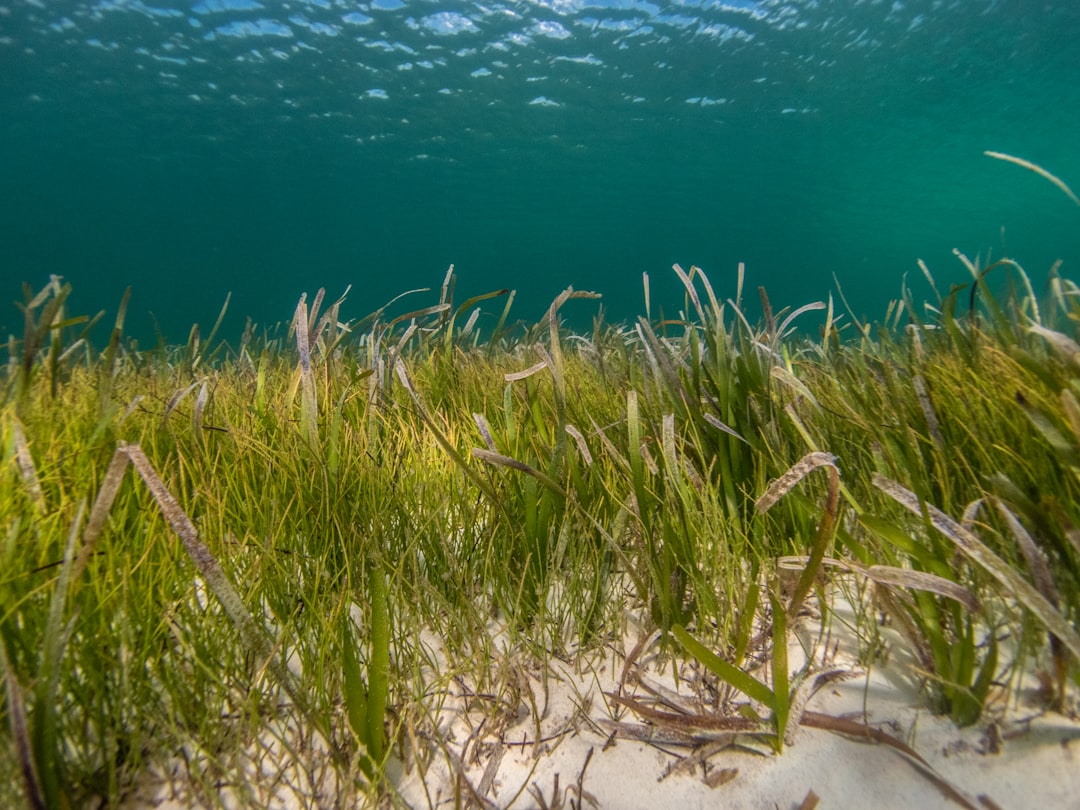What is it about?
We provide evidence that spawning habitats for native salmonids in the Laurentian Great Lakes were created by erosion and deposition beneath paleo-ice streams, and we suggest that this may be the case in glaciated landscapes worldwide.
Featured Image
Why is it important?
This hypothesis may provide a novel framework for identifying important spawning habitats for native fishes in the Great Lakes and elsewhere. This may also provide a new link between glacial geology and ecology, and represents a cross-disciplinary contribution to 'ecogeomorphology', 'ecological geology', 'geoecology', or 'glacial ecology'. Glacial bedforms may also provide habitat for other aquatic animals such as corals or mussels, and glacial control of habitats for many organisms may exist in marine and freshwater systems.
Read the Original
This page is a summary of: Islands in the ice stream: were spawning habitats for native salmonids in the Great Lakes created by paleo-ice streams?, Fish and Fisheries, July 2016, Wiley,
DOI: 10.1111/faf.12173.
You can read the full text:
Contributors
The following have contributed to this page










